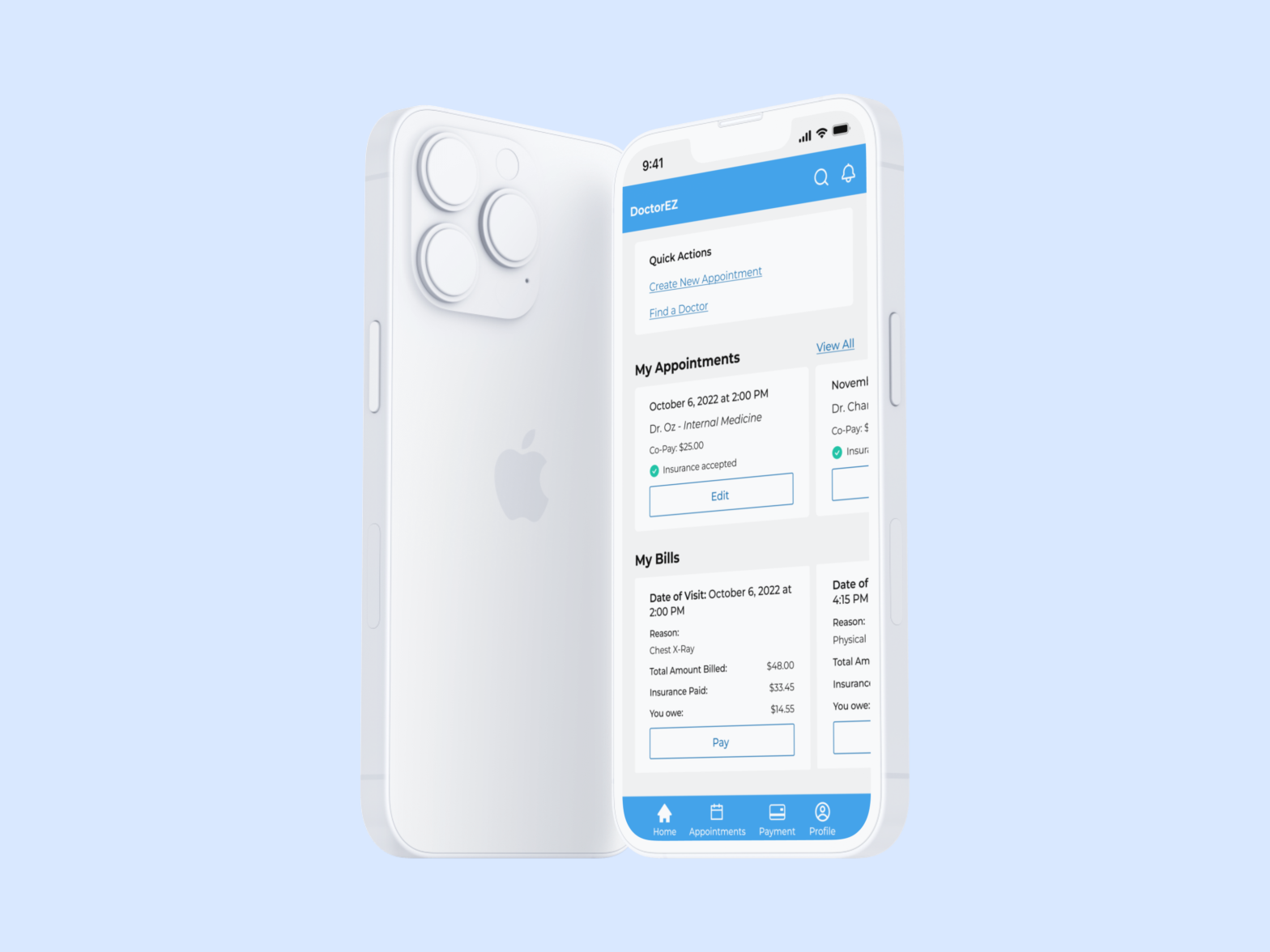Puffy Delivery Driver
Too long; didn't read (tl;dr)
Puffy Delivery is an application designed for our in-house drivers to deliver cannabis directly to customers. The challenge arises when drivers lack an efficient method to map out their delivery destinations. Currently, drivers receive a list of destinations and manually enter each one into Google Maps, which reduces efficiency and can delay orders. The objective was to enhance the efficiency of our internal drivers by automatically selecting the optimal route for them, eliminating the need for them to make this choice themselves.
“Helping increase the efficiency of internal drivers, our app will solve driver’s problem of auto-mapping best route for drivers.”
→ Company: Mr.NiceGuy owns several cannabis dispensaries and also owns Puffy Delivery, a cannabis delivery service that brings your preferred cannabis products directly to your chosen location.
→ Role: UX/UI Designer
→ Communications with: Developers, QA, Project Manager, Stakeholders, SMEs
→ Tools: Pen & paper, Sketch, Overflow, Marvel
→ Product overview: Puffy Delivery Driver is an internal app designed to streamline the delivery process and enhance efficiency, providing drivers with a smoother and more convenient experience while completing deliveries.
→ Problem overview: We have in-house delivery drivers to deliver cannabis to our customers, but an issue arises when drivers lack an efficient method to map out their delivery routes to customer destinations.
→ Goal: In order to improve the efficiency of internal drivers, our app will solve the driver’s problem of auto-mapping customer’s destinations by giving them an application with pre-set destination routes.
kickoff.
Our company identified inefficiencies in the cannabis delivery process. The majority of customer complaints centered around long wait times for receiving their products, delays during payment, and slow customer service. Drivers have reported difficulties navigating to customer locations and occasional crashes with the payment app.
research.
We needed to identify the challenges faced by our internal drivers to improve delivery efficiency. To gather insights, we interviewed drivers and dispatchers and conducted field studies to better understand their daily tasks. Some of the questions I asked the drivers and dispatchers included:
→ Tell me about a time when you were frustrated because you couldn’t finish your tasks
→ Tell me about a time when you were frustrated because the applications you were using weren’t working
→ What are the total applications you use on your day-to-day tasks?
→ Why is the messaging app so cluttered with messages?
→ How often are products delivered on time?
→ Can you take breaks en route?
insights.
I aim to keep the questions open-ended to uncover any underlying issues. From my field studies and interviews, I gathered the following key points:
→ Most drivers use Google Maps to navigate, but they have to manually enter the address for each new destination, which is time-consuming and requires double-checking to ensure the address is correct.
→ Drivers receive a list of destinations to visit, but they typically select them in order from top to bottom. The destinations are scattered, and the routes aren’t optimized for efficiency.
→ While on the road, drivers’ messaging systems often become cluttered with updates from dispatchers. As a result, they sometimes miss important messages, such as changes to the order or delivery instructions. For example, a driver might not see a message about a customer’s request to delay or reroute an order until it’s too late.
→ When drivers arrive at a destination, the payment app frequently takes a long time to load or crashes, leading to an average wait of 10 minutes just to process a payment. This delays the customer and slows down subsequent deliveries.
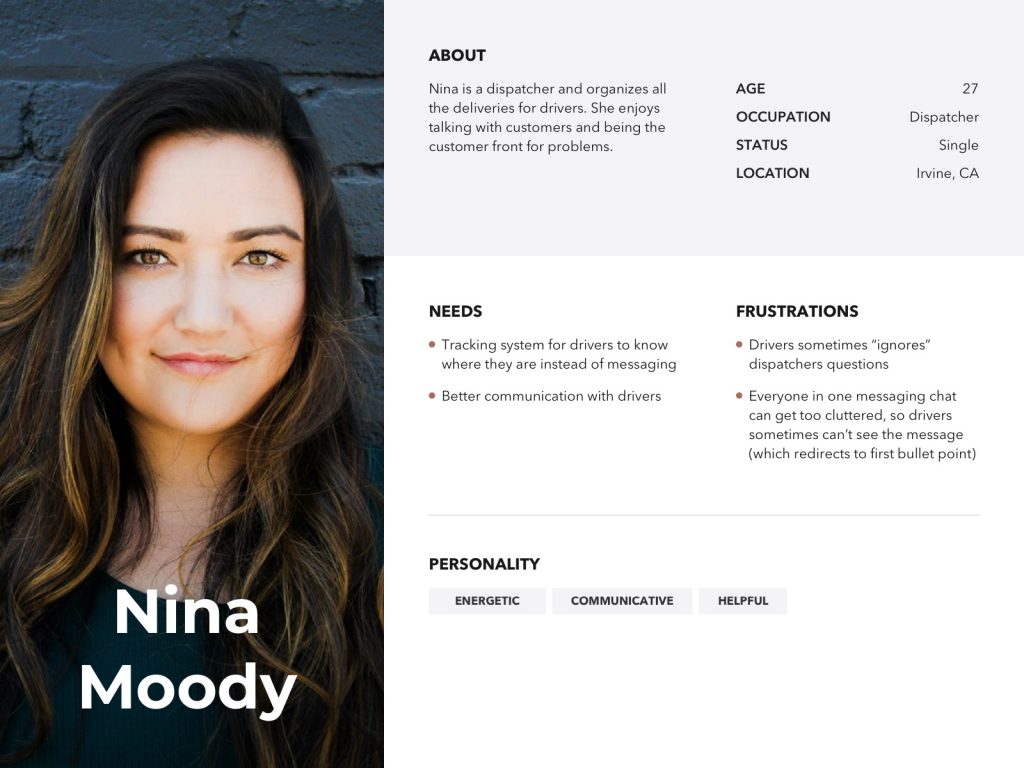
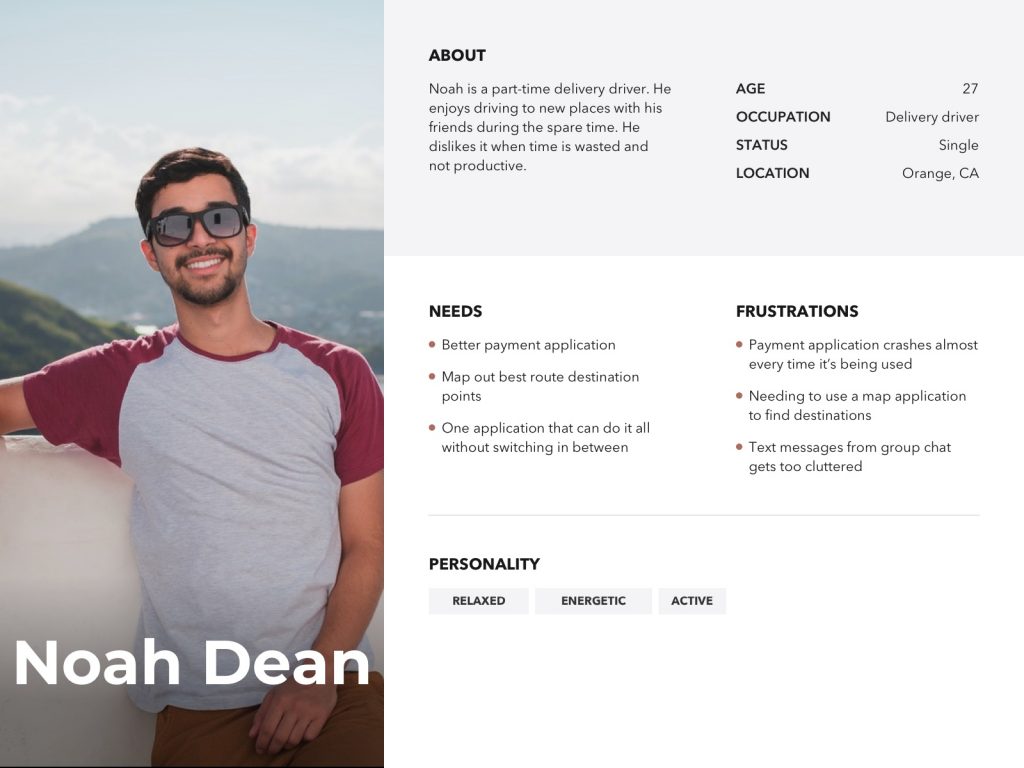
Before proceeding, I created a user flow to better understand the current delivery process for our drivers. This helped me gain a clearer picture of their workflow and identify potential areas for improvement.

define.
After conducting interviews, I developed a user journey to identify pain points and gaps in the drivers’ workflow. I paid special attention to the red sticky notes, which represented ‘unhappy’ moments in their experience.
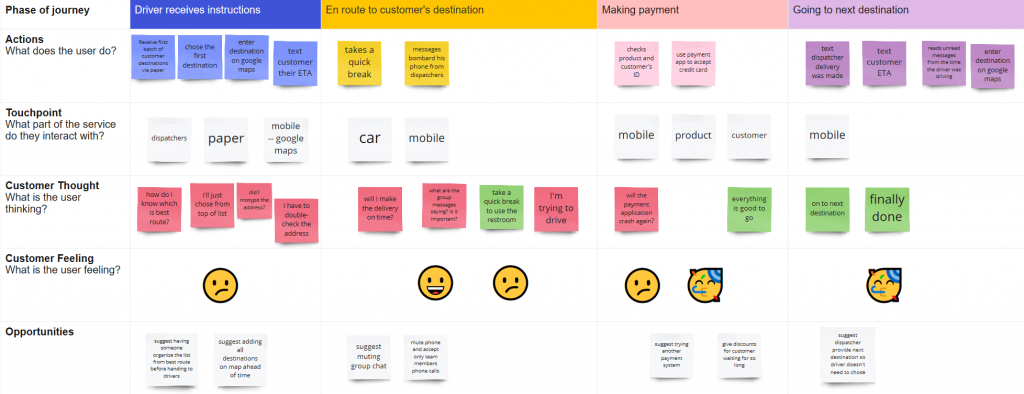
I then created a matrix of the 4 W’s—who, what, where, and why—to analyze the root cause of the problem. After reviewing the findings, I focused on one key issue that drivers were most concerned about and how it was negatively impacting the customer experience.
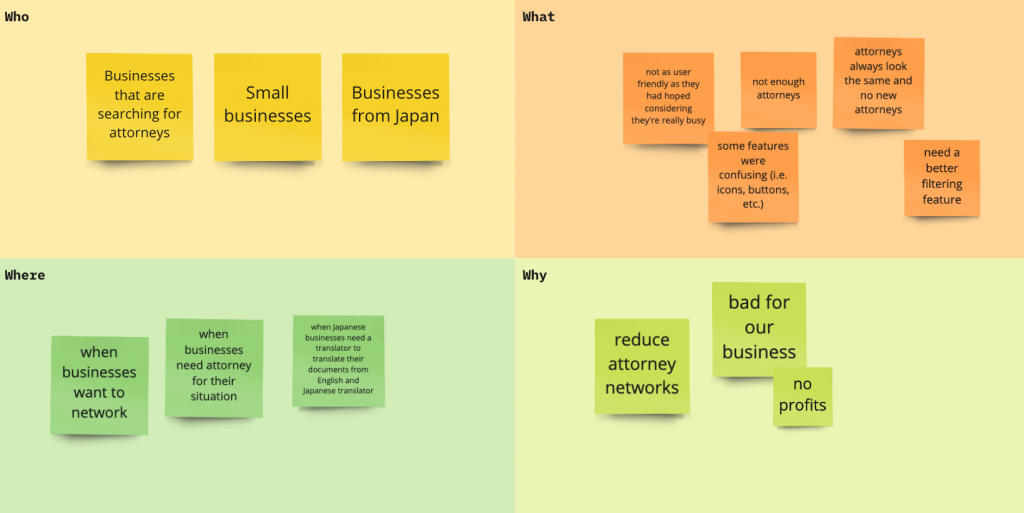
Our drivers have the problem of determining the best route for their next delivery destination. Our solution should deliver a way to automatically route all the destinations to drivers.
ideate.
Now it’s time to solve the main issue: “Our drivers have the problem of determining the best route for their next delivery destination. Our solution should deliver a way to automatically route all the destinations to drivers.” How can we help find the optimal route for drivers? How can we enhance their efficiency during deliveries?
We brainstormed various ideas and organized them into a How, Now, Wow matrix. We decided to focus on the ideas in the ‘Wow’ category, as they were both feasible and promising in terms of assisting our drivers.


design.
Next, we moved on to wireframing! We began designing wireframes and creating prototypes. Our initial wireframes featured predetermined routes for drivers, eliminating the need for them to consider which destination to visit next or verify the accuracy of the address they entered. For example, think of an itinerary; you want the best route laid out in a smooth flow rather than wasting time going in circles.
So how does it work? Dispatchers receive customer orders and enter the list of destinations into their existing software. This information is then sent to the drivers’ app, which the dispatchers manage. When drivers log into their app, the routes are already configured for them. They simply click a button labeled “Start delivery,” and navigation begins automatically. Drivers won’t have to type in addresses, check for spelling, or decide which destination to prioritize, making the process more efficient.
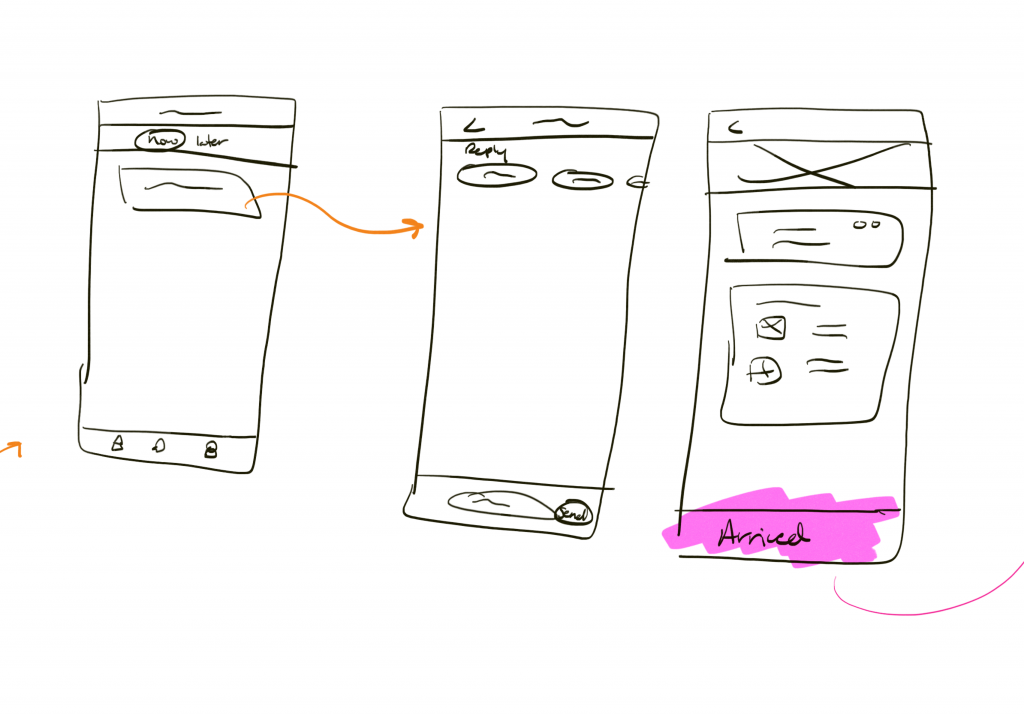

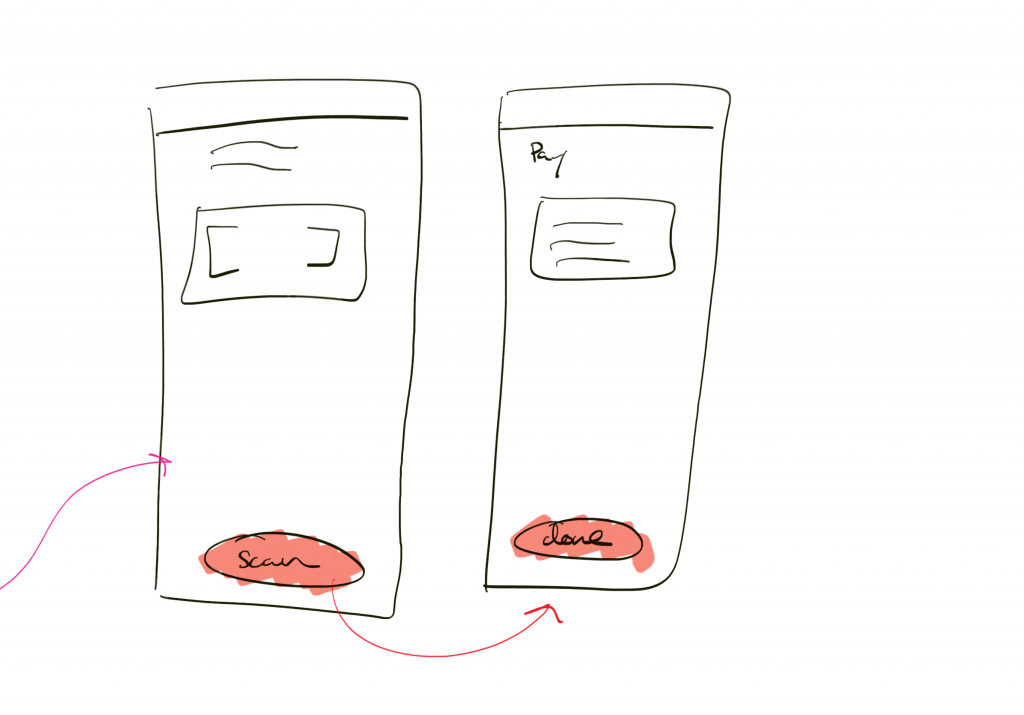
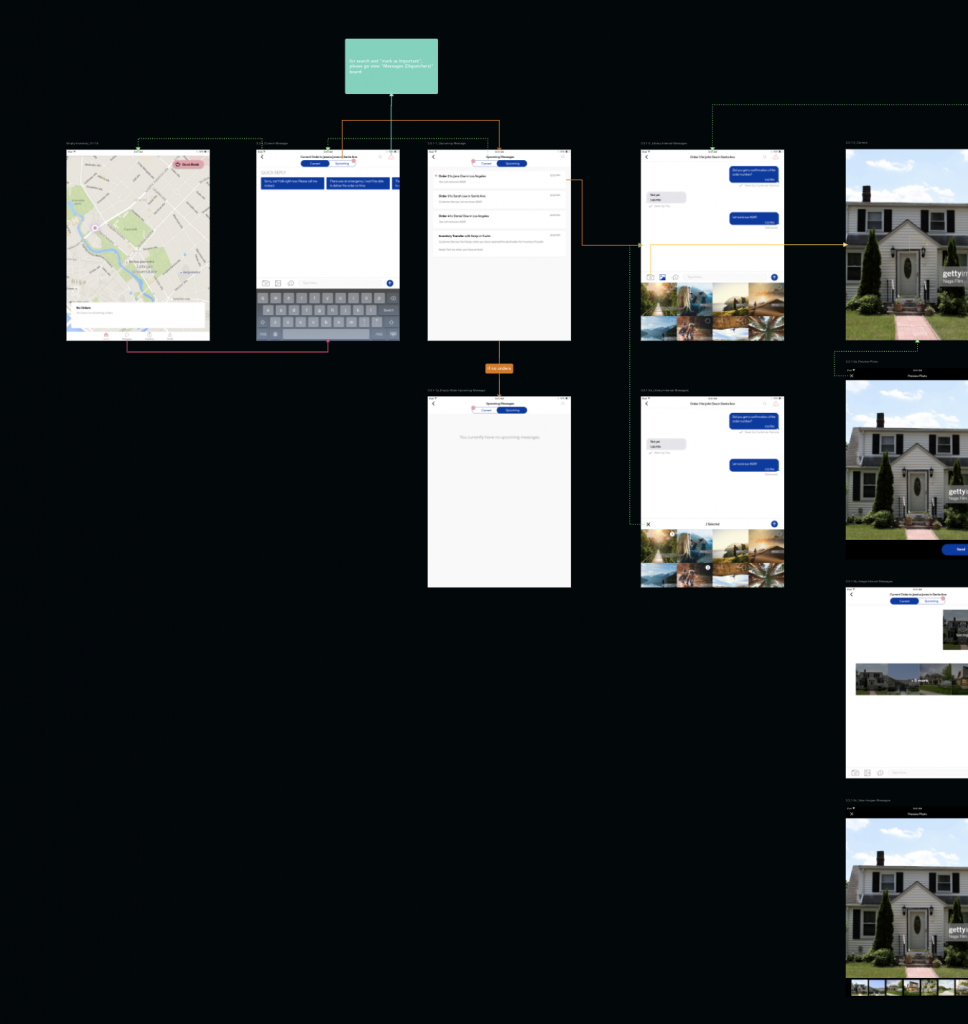


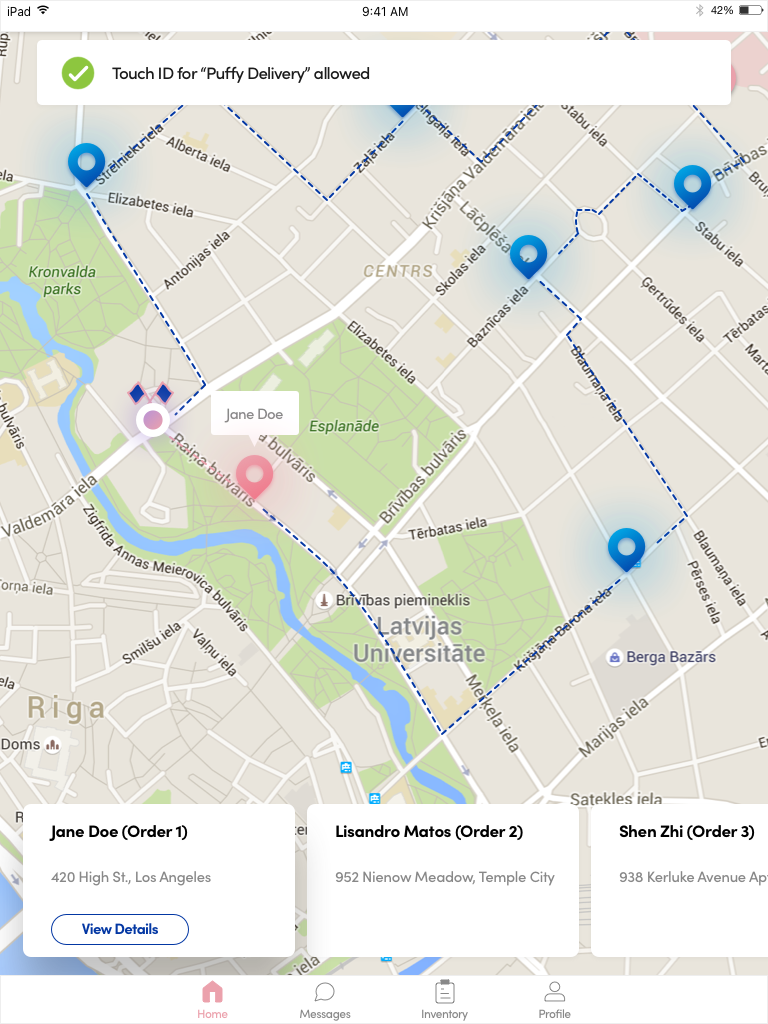
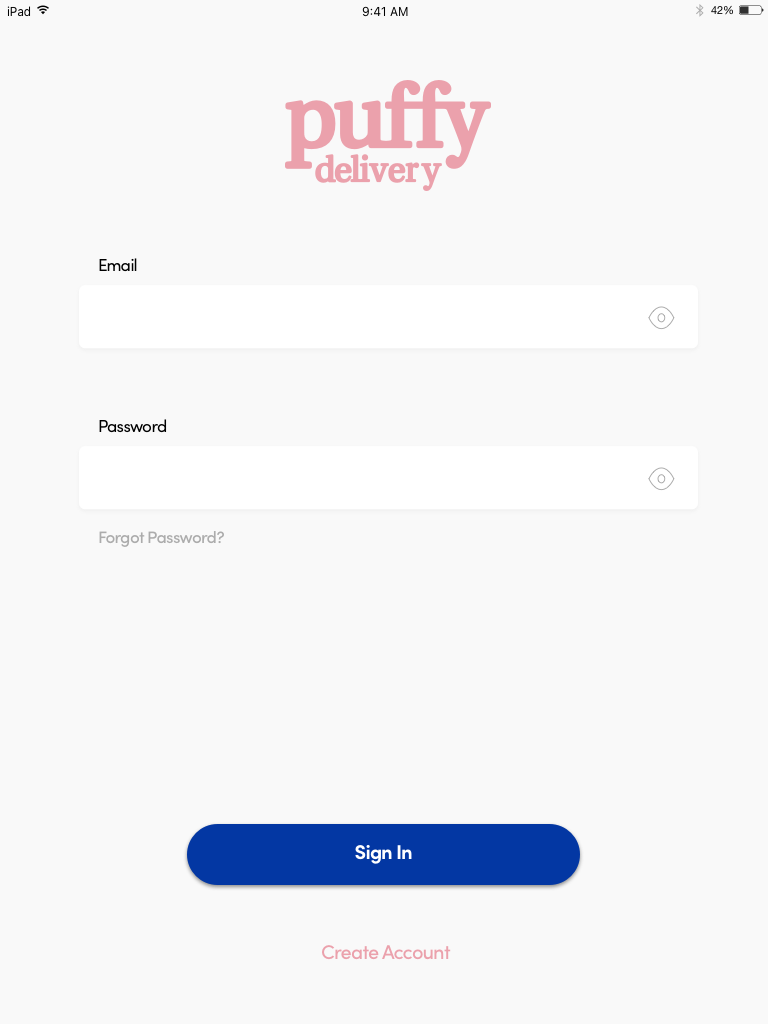
test.
We’ve received positive feedback from our drivers about how easy the application is to use. Returning to the original issue: our drivers struggled with determining the best route for their next delivery destination. Our solution aimed to provide a way to automatically route all destinations for them. We addressed this problem by developing an internal application that automatically organizes the delivery routes, allowing drivers to focus on their tasks without worrying about which destination is most efficient or dealing with the frustration of entering the correct address and avoiding spelling errors.
key learnings.
Field studies were crucial to my learning in this project. By observing their daily tasks firsthand, I was able to identify the underlying problems and develop effective solutions based on the data gathered.


